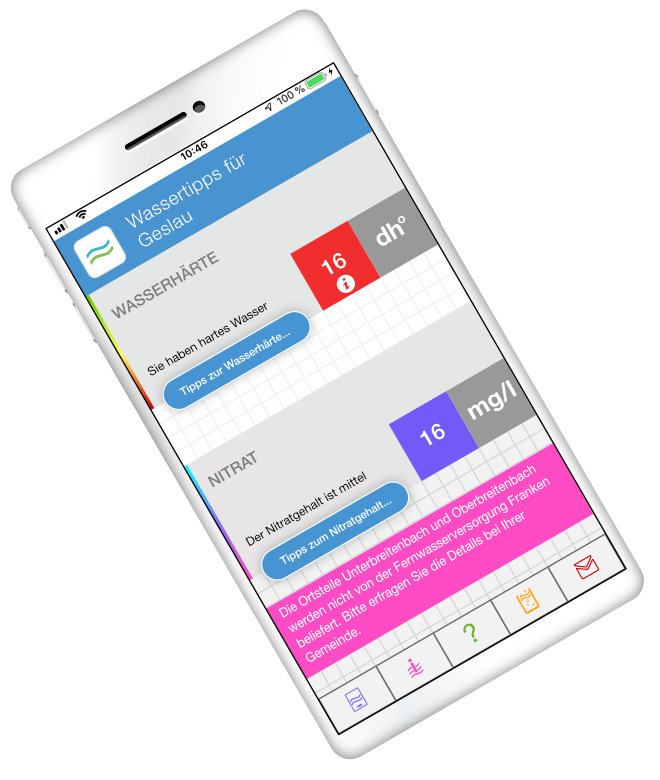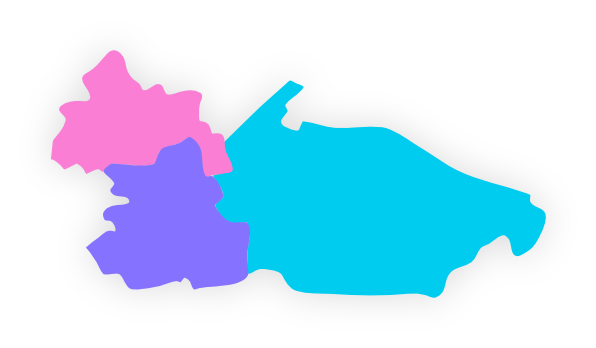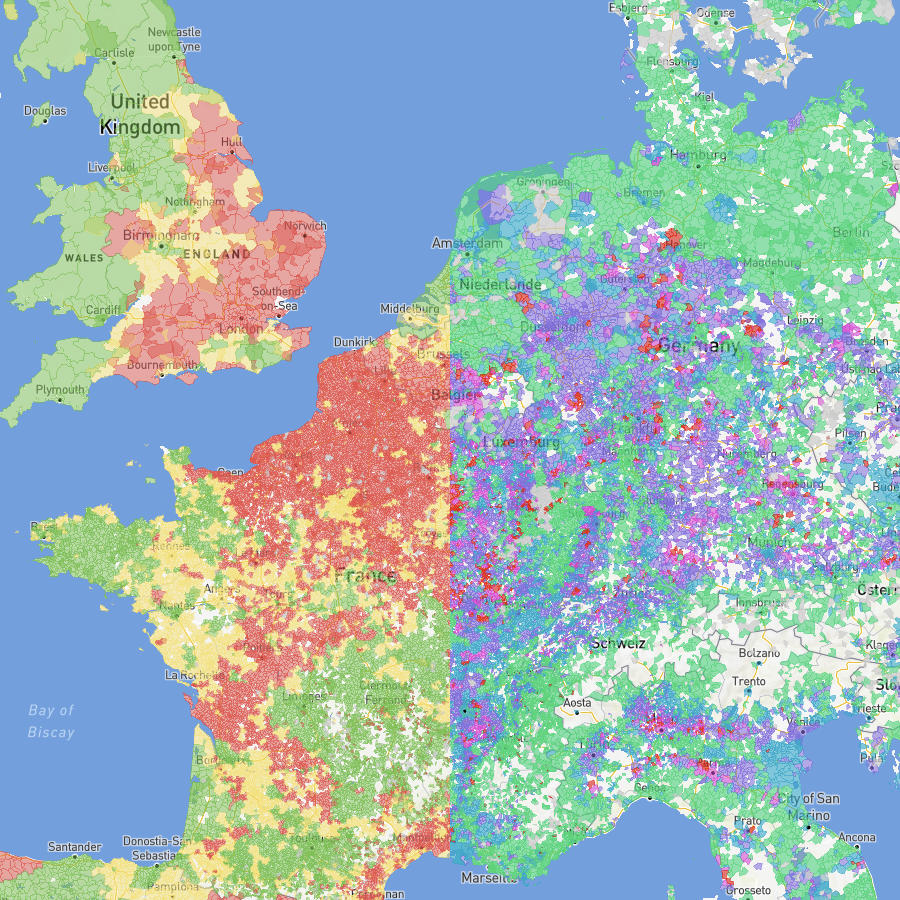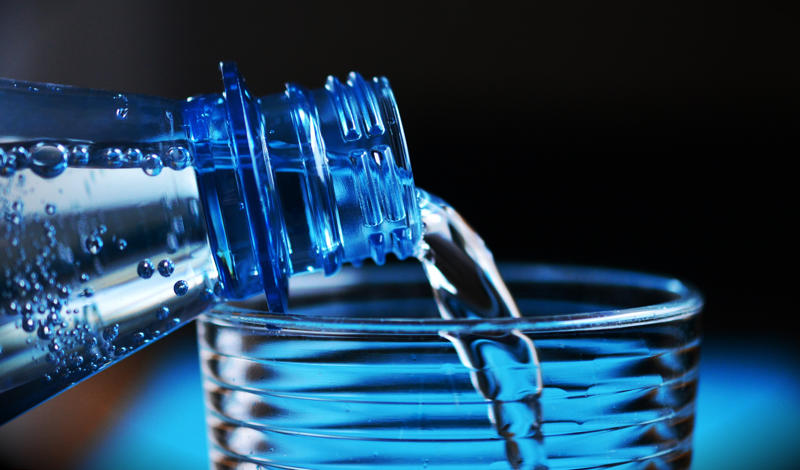Im vorherigen Nitratbericht der Bundesregierung gab es noch gewisse Unsicherheiten über die Aussagefähigkeit der Daten, da es innerhalb des Beobachtungszeitraums eine Umstellung der verwendeten Richtlinien gab - s. Artikel Nirtatbericht 2016(1).
Im vorliegenden Nitratbericht 2020(2) finden nur noch die neuen, EU-weiten Richtlinien Anwendung, was eine bessere Vergleichbarkeit mit den vorigen Daten möglich machen sollte.
Allerdings basieren die veröffentlichten Zahlen nicht auf dem kompletten Berichtszeitraum 2016-2019 sondern nur auf die ersten 3 Jahre 2016-2018, da die Messergebnisse der Messstellen zum Zeitpunkt der Erstellung des Nitratberichts für eine fristgerechte Übermittlung an die EU-Kommission Ende Juni 2020 nur für die ersten drei Jahre vollständig vorlagen.
In diesem Zusammenhang sei daran erinnert, dass die europäische Kommission die Bundesregierung vor dem europäischen Gerichtshof wegen unzureichender Massnahmen zur Reduzierung der Nitratbelastung des Grundwassers verklagt hat und es im Jahr 2018 zu einer Verurteilung gekommen ist. Den aktuellen Stand des Verfahrens wird in einer FAQ des Umweltbundesamtes beschrieben(3). Daraus geht auch hervor, dass zur Zeit ein Zwangsgeldverfahren in einem vorgerichtlichen Stadium liegt. Ein Zweitverfahren ist nicht ausgeschlossen. Da macht es sich nicht besonders gut, wenn beim Nitratbericht erneut zu langsam gearbeitet wurde und gerade die aktuellsten Zahlen fehlen.
Entwicklung des Nitratgehaltes im Grundwasser
Im folgenden werden die Zahlen der beiden verwendeten Messnetze dargestellt. Eine detaillierte Erläuterung können Sie dem Artikel zum Nitratbericht 2016 entnehmen(1).
EU-Messnetz
Dieses Messnetz berücksichtigt besonders die Messstellen, in deren Einzugsgebiet die Nutzungseinflüsse von Acker, Grünland oder Sonderkulturen auf das Grundwasser dominieren. Es umfasst aktuell 692 Messstellen und beschreibt repräsentativ den Einfluss der landwirtschaftlichen Nutzung auf die Beschaffenheit des oberflächennahen Grundwassers in Deutschland.
Der Nitratbericht 2020 weist 26,7% der Messtellen des EU-Nitratmessnetzess aus, die über dem gesetzlich vorgeschriebenen Grenzwert von 50mg/l liegen. Das ist eine geringfügige Verbesserung gegenüber dem vorherigen 4-Jahreszeitraum von 28,2%. Leider sagt das nichts über die eigentliche Größe der Überschreitungen aus.
Interessant sind die Vergleiche mit den Messstellen, die innerhalb der Grenzwerte bewegen, also die übrigen 73,3% der Messstellen. Hier unterscheidet der Bericht 3 Bereiche, den Bereich bis 25mg/l den von 25 bis 40 mg/l und den von 40-50mg/l. Bei den niedrigen bis mittleren Nitratgehalten steig der Anteil von 49 auf 49,6%, bei den hoch belasteten Gebieten bis 40 mg/l fiel er von 15 auf 14,2%, bei den sehr hoch belasteten Gebieten stieg er von 7,8 auf 9,5%.
EUA-Messnetz
Beim EUA-Messnetz, das eher eine Gesamtheit der Nitratbelastung des Grundwassers in Deutschland darstellen soll, sieht es ähnlich aus:
Bei den niedrigen bis mittleren Nitratgehalten steig der Anteil geringfügig von 64,5 auf 65%, bei den Messstellen bis 40 mg/l stieg er von 11,2 auf 11,4%, bei den sehr hoch belasteten bis 50mg/l stieg er von 6,2 auf 6,3%.
Die Messstellen mit einer Überschreitung des gesetzlichen Grenzwertes sanken von 18,1% auf 17,3%.
Alles unter dem Vorbehalt, dass die Zahlen des letzten Berichtszeitraumjahres 2019 nicht berücksichtigt wurden.
Wie schon im vorigen Nitratbericht ist die Anzahl der landwirtschaftlichen Betriebe (und auch der Vieh haltenden Betriebe) weiter zurück gegangen ebenso der Viehbesatz pro Fläche, der im Jahr 2016 wieder auf dem Niveau von 2010 angekommen ist, nachdem er im Jahr 2013 leicht erhöht war.
Der Einsatz von sticksoffhaltigem Dünger pro Hektar Fläche ist im Berichtszeitraum erstmals leicht zurück gegangen. Immerhin das ist als positive Entwicklung festzuhalten.
Zusammenfassung
Obwohl der Anteil der landwirtschaftlichen Flächen, der Vieh haltenden Betriebe und des eingesetzten stickstoffhaltigen Düngers zurück gegangen sind, hat sich bei der Belastung des Grundwassers kaum etwas verändert. Einem leichten Rückgang der Messstellen, die über dem gesetzlich erlaubten Grenzwert liegen (wobei keine Aussage über die tatsächliche Höhe der festgestellten Nitratwerte gemacht wird) steht eine minimale Erhöhung der Anzahl der Messtellen mit niedrigen und mittleren Nitratwerten gegenüber.
Besonders peinlich ist, dass es nicht geschafft wurde, die von der EU-Kommission geforderte Frist zur Einreichnung der Daten einzuhalten, was außerdem der Vergleichbarkeit der Zahlen mit dem vorigen Berichtszeitraum nicht unbedingt zuträglich ist.
Der österreichische Nitratbericht 2020(4)
Wie schon im Artikel zum Nitratbericht 2016 angemerkt, ist ein direkter Vergleich mit den deutschen Grundwasserwerten aufgrund der unterschiedlichen Messnetze nicht möglich.
Daher hier nur ein Vergleich der Daten mit dem vorherigen Nitratbericht und eine kurze Einschätzung zum Vergleich mit den deutschen Daten.
Im österreichischen Nitratbericht werden andere Messnetze verwendet, eine dem deutschen Belastungsnetz vergleichbare Aufteilung gibt es hier gar nicht. Österreich unterscheidet freie Grundwasserkörper in vier verschiedenen Tiefen (0 bis >30m) und zusätzlich Gespanntes Grundwasser sowie Karst- und Kluftgrundwasser, wobei die freien Grundwasserkörper die überweigende Anzahl an Messstellen aufweisen (1264 von 1933 Messtellen).
Hier lässt sich aber feststellen, dass im freien Grundwasser die Werte über 50mg/l im Berichtszeitraum ebenfalls zurück gegangen sind bei durchschnittlich 6,8% gegenüber 7,7% im vorigen Bericht. Die Werte unter 25 mg/l haben deutlicher zugenommen als in Deutschland (71,5 gegenüber 68,9%). Beim gespannten Grundwasser ist eine ähnliche Tendenz zu sehen und bei Karst- und Kluftgrundwasser sind keine großen Änderungen zu erkennen.
Die Grundwasserwerte liegen damit weiterhin auf einem tendenziell niedrigeren Niveau als in Deutschland.
In der Agrarstatistik ist zu erkennen, dass der Viehbestand insgesamt etwas zugenommen hat, ebenso der Einsatz stickstoffhaltiger Dünger, was den gleichzeitigen Rückgang der Nitratbelastung des Grundwassers um so bemerkenswerter macht.
Aus gegebenem Anlass ist noch zu erwähnen, dass Österreich die vollständigen Daten von 2016 bis 2019 für den Nitratbericht verwenden konnte.
Viele Pferdebesitzer sind nicht darüber informiert, wie wichtig das Wissen über den Nitratgehalt des Trinkwassers Ihres Tieres ist. Gerade auch dann, wenn das günstigere Brunnenwasser verwendet wird, empfiehlt es sich eine Wasserprobe zu entnehmen und den Nitratgehalt des Wassers bestimmen zu lassen und dieses mindestens einmal jährlich zu wiederholen.




 Dass Nitrat für den menschlichen Körper auch in relativ geringen Dosierungen zu Krebserkrankungen führen kann, ist inzwischen in mehreren Studien nachgewiesen worden (1,2).
Dass Nitrat für den menschlichen Körper auch in relativ geringen Dosierungen zu Krebserkrankungen führen kann, ist inzwischen in mehreren Studien nachgewiesen worden (1,2).